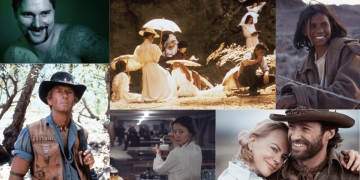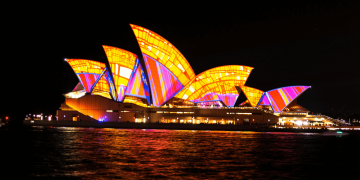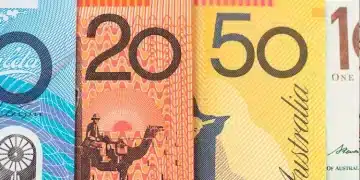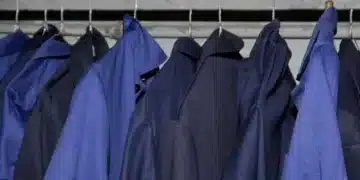Breaking Down Modern Australian Culture Myths

Ask someone overseas to describe Australian culture, and you’re likely to hear a mix of clichés—laid-back surfers, beer-loving bogans, Crocodile Dundee types, and, of course, the infamous “bin chicken” (aka the ibis). While these images might get a chuckle, they barely scratch the surface of modern Australia. Today’s Australia is complex, dynamic, multicultural, and constantly evolving—yet public perception, especially on the global stage, often remains stuck in the past.
In this article, we take a closer look at some of the most persistent modern Australian culture stereotypes and explore how they fail to reflect the rich and multifaceted reality of life in 21st-century Australia.
The Problem With Cultural Stereotypes
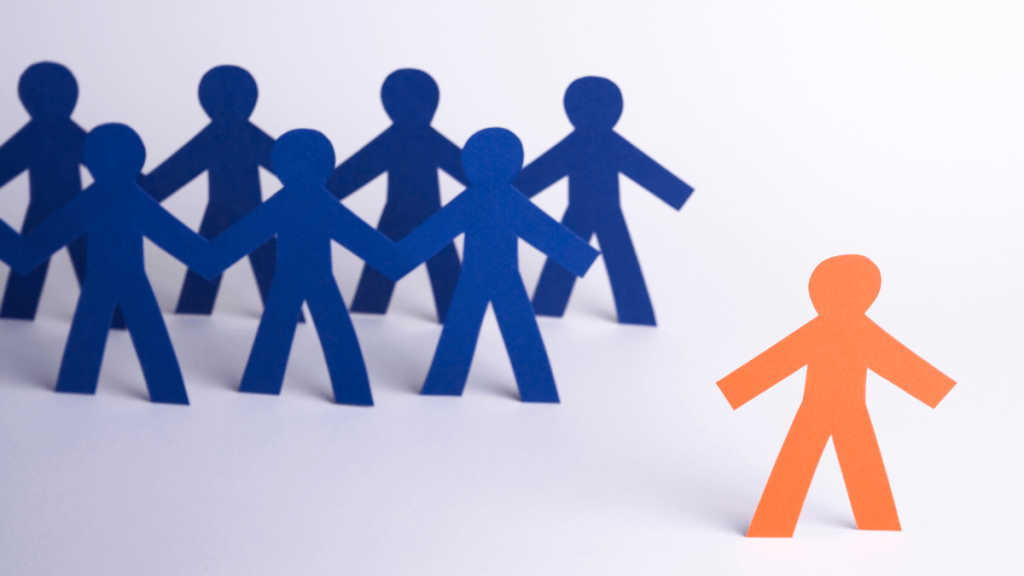
Stereotypes are not inherently malicious—they simplify reality to help us make sense of the world. But when those stereotypes become the only lens through which a culture is viewed, they limit understanding and reduce people to caricatures.
In Australia’s case, this has real implications. Outdated or narrow views can fuel racism, classism, and xenophobia. They can also affect how Australians see themselves, how policies are shaped, and how the world interacts with us.
The “Bogans” Myth: Class and Identity
Let’s start with one of Australia’s most well-worn stereotypes—the bogan. Once a pejorative term describing lower-income Australians with rough manners or poor taste, “bogan” has evolved into a complex cultural symbol. Some wear the label proudly, reclaiming it as a celebration of authenticity and anti-elitism. Others still use it to denigrate working-class Australians.
The problem is that this stereotype flattens socioeconomic nuance. It paints a vast and diverse group with the same brush—ignoring the structural inequality, cultural richness, and regional variation that exists across communities. Australia’s working class is not a monolith, nor is it devoid of culture, ambition, or sophistication.
The Larrikin Legacy: More Than Just a Joke
Another familiar Aussie trope is the larrikin—a cheeky, rebellious, fun-loving character who doesn’t take life too seriously. While the larrikin spirit has undeniably shaped national identity, it can also be a double-edged sword. This stereotype often overshadows more serious aspects of Australian society, including political engagement, intellectual achievement, and social advocacy.
Today’s Australians are just as likely to be campaigning for climate justice, participating in political debates, or creating world-class art as they are making a wisecrack over a sausage sizzle.
Beyond the Beach: Urban and Regional Realities

The idea that all Australians live near the beach, spend weekends surfing, and casually toss shrimp on the barbie is one of the most globally enduring myths. In reality, nearly 70% of Australians live in urban environments, many of which are far from the coast. Meanwhile, rural and remote communities are rarely represented in mainstream narratives, despite their unique contributions to national identity.
Moreover, Australia’s climate, geography, and population density create a diversity of experiences that are often overlooked. From the cultural fusion of inner-city Melbourne to the challenges of outback townships, there’s no single Australian way of life.
Multicultural Australia: Far Beyond Anglo-Celtic Heritage
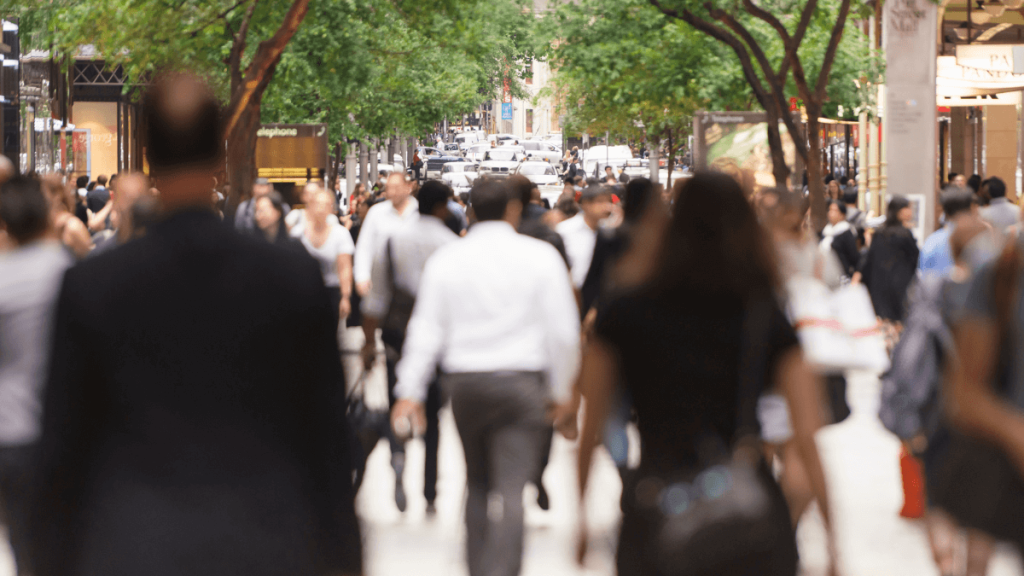
Perhaps the most significant oversight in the stereotypes of modern Australian culture is the erasure of its multicultural makeup. Australia is one of the most ethnically diverse countries in the world. Over 30% of the population is born overseas, and nearly half have at least one parent born outside Australia.
Yet global and domestic portrayals often center around a white, Anglo-Celtic norm. This not only excludes millions of Australians—it also ignores the rich tapestry of languages, foods, faiths, and traditions that define Australian life today.
Think of the Lunar New Year festivals in Sydney, Eid celebrations in Melbourne, Diwali in Brisbane, or Greek Easter feasts in Adelaide. These aren’t fringe events—they’re central to the cultural rhythm of the nation.
Indigenous Identity: Culture Beyond Acknowledgement
Another critical area where stereotypes fall short is the portrayal of Aboriginal and Torres Strait Islander people. Too often, Indigenous identity is reduced to historical suffering or token representation. While acknowledging past and present injustices is essential, Indigenous Australians are not just figures of the past—they are living, thriving, and leading change.
From politics to art, sports to academia, Indigenous Australians are redefining what it means to be modern and connected to country. Think of figures like Linda Burney, the first Indigenous woman in the House of Representatives, or Baker Boy, the Yolŋu rapper blending hip hop with traditional language. These stories are modern Australia.
Gender and Sexuality: Busting the “Blokey” Stereotype
For decades, Australia has been portrayed as a nation of blokey blokes—rugged, stoic, beer-swilling men. This stereotype has not only excluded women but also sidelined the growing visibility of LGBTQ+ communities and non-traditional gender identities.
Modern Australia is much more inclusive than the clichés suggest. Marriage equality was achieved in 2017, and the rise of LGBTQ+ representation in media, sport, and politics is reshaping national conversations. Women are also redefining leadership—from Prime Ministerial candidates to AFLW stars—challenging the old gendered vision of who gets to represent Australia.
The “Carefree Aussie” Myth and Mental Health
Another aspect of the Aussie stereotype is the “no worries” mindset—the belief that Australians are eternally chill, laid-back, and emotionally detached. While this might seem harmless, it can prevent serious issues like mental health from being taken seriously.
In reality, mental illness affects one in five Australians each year. The rise of mental health awareness campaigns, including initiatives like RUOK Day and Beyond Blue, signals a cultural shift toward vulnerability and emotional honesty—one that breaks away from the outdated stoicism.
Modern Art and Expression: Beyond Ned Kelly
Cultural stereotypes often limit creative expression to bushranger tales, colonial nostalgia, or kitsch Australiana. But contemporary Australian art, music, and literature tell a different story—one that’s experimental, inclusive, and globally relevant.
Think of writers like Maxine Beneba Clarke, whose poetry explores race and belonging, or artists like The Kid LAROI and Sampa the Great, redefining what it means to be Australian on the world stage. This is not the Australia of yesteryear—it’s the Australia of now.
Media Representation: Who Gets to Be “Australian”?

A large part of cultural stereotyping is shaped by the media. Australian TV, film, and news outlets have historically lacked diverse representation, reinforcing a narrow idea of who belongs.
However, things are starting to shift. Shows like “Mystery Road,” which center Indigenous stories, or “The Family Law,” which depicts an Asian-Australian experience, offer a glimpse into a broader national narrative. And with more diverse voices entering journalism and entertainment, we’re seeing the beginnings of a media landscape that reflects modern Australia in all its forms.
Youth Culture: A Generation Changing the Narrative
Young Australians are perhaps the biggest drivers of cultural change. More educated, more diverse, and more connected to global conversations, they are challenging the old stereotypes through everything from TikTok activism to climate strikes.
This generation doesn’t just want to be heard—they’re actively redefining what it means to be Australian. Whether it’s through inclusive fashion, First Nations advocacy, or migrant storytelling, they’re building an identity that embraces nuance, not nostalgia.
Why Challenging Stereotypes Matters
So why should we care about breaking down these stereotypes?
Because cultural narratives shape everything—from public policy to personal identity. When we reduce Australian culture to bin chickens, bogans, or beach bums, we ignore the depth, beauty, and complexity of the real thing.
Challenging stereotypes isn’t about abandoning national character—it’s about enriching it. It’s about making space for everyone to see themselves reflected in the story of Australia, not just a select few.
Conclusion: A New National Narrative
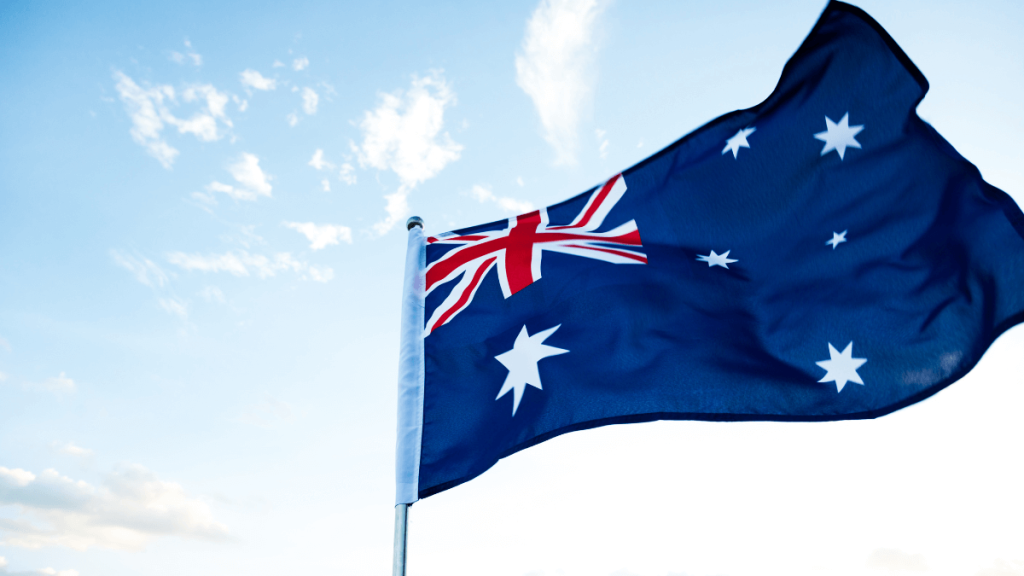
Modern Australia defies easy categorisation. It’s a country where ancient traditions meet cutting-edge innovation, where surf culture coexists with tech startups, and where every accent, outfit, and identity has a place.
To move forward, we must leave behind the lazy shorthand and embrace the full story. That means amplifying marginalised voices, embracing diversity in all its forms, and redefining what Australian culture looks like today and tomorrow.
The next time someone brings up bin chickens or bogans, challenge them to think bigger. Australia is so much more than that.



